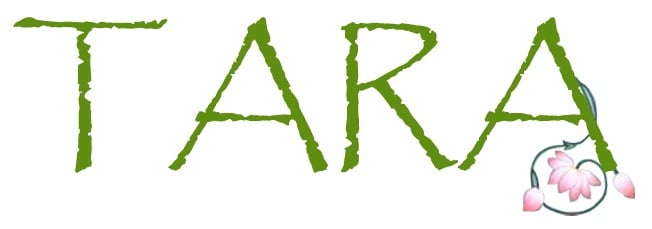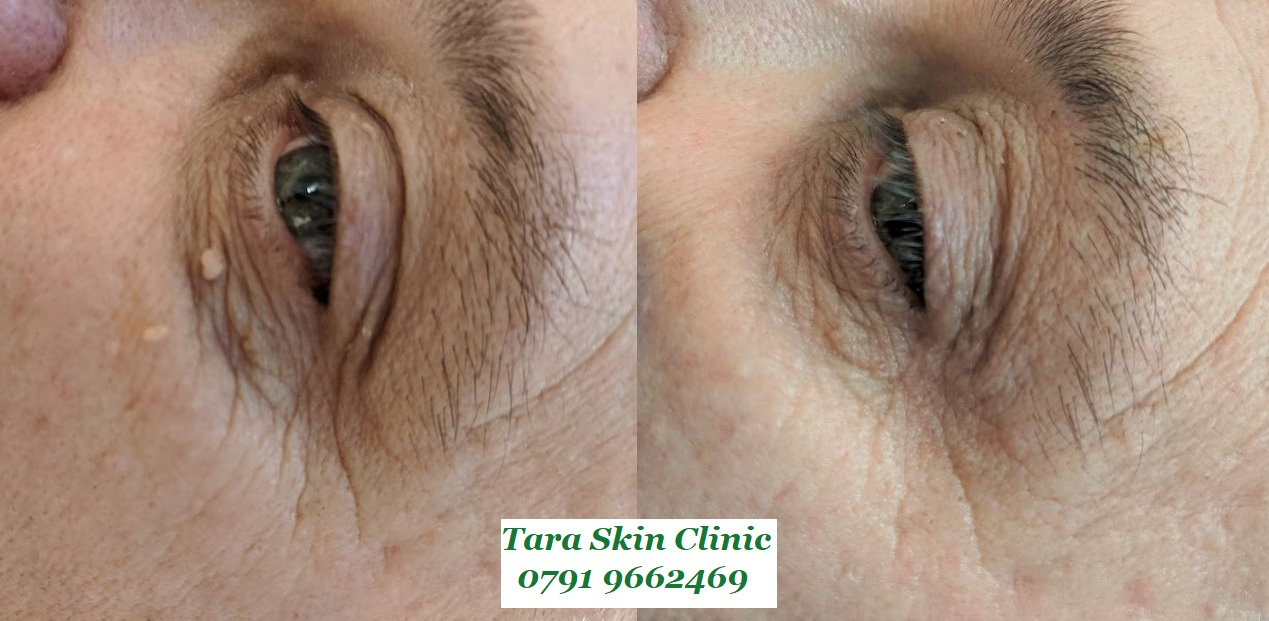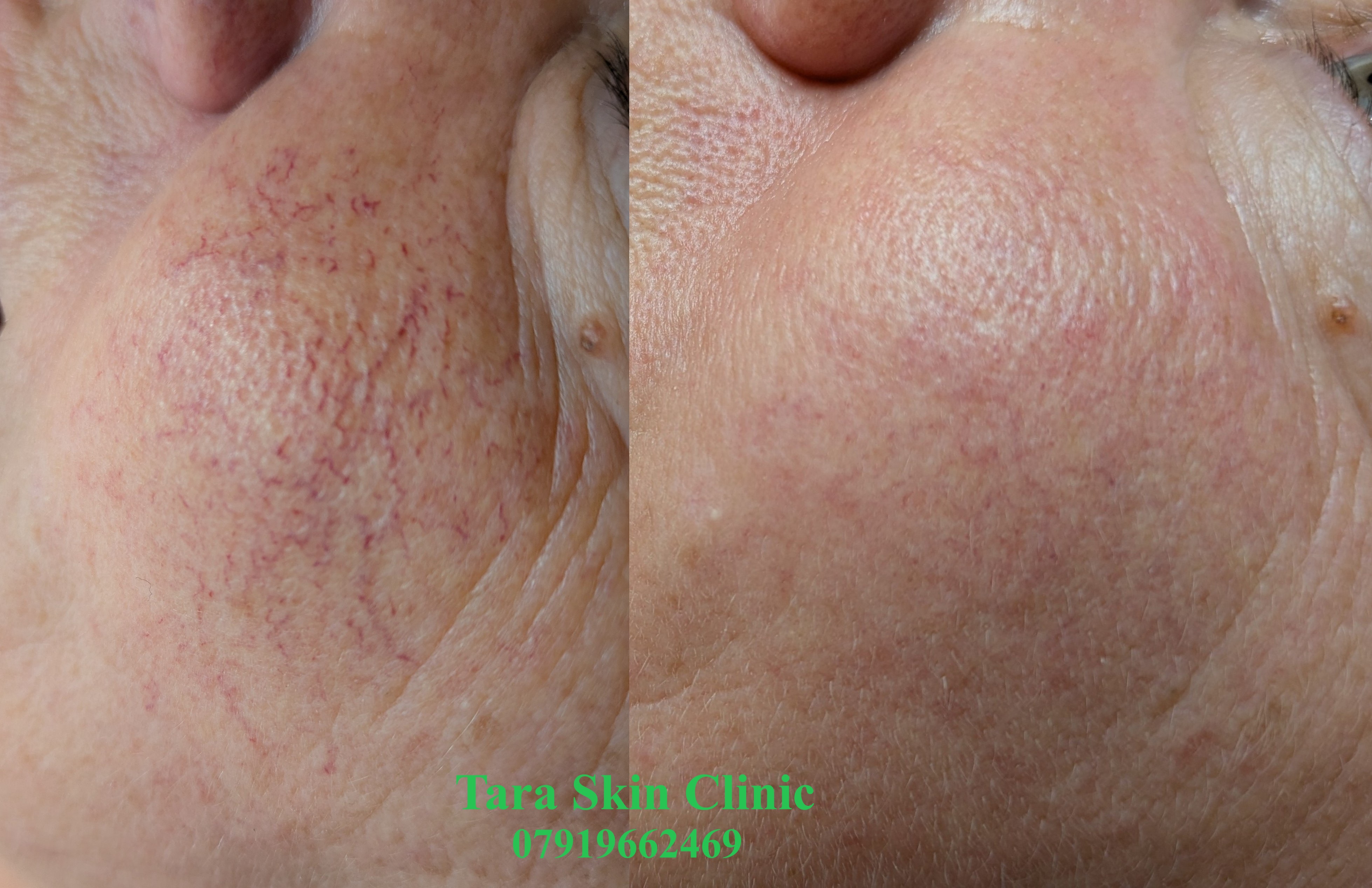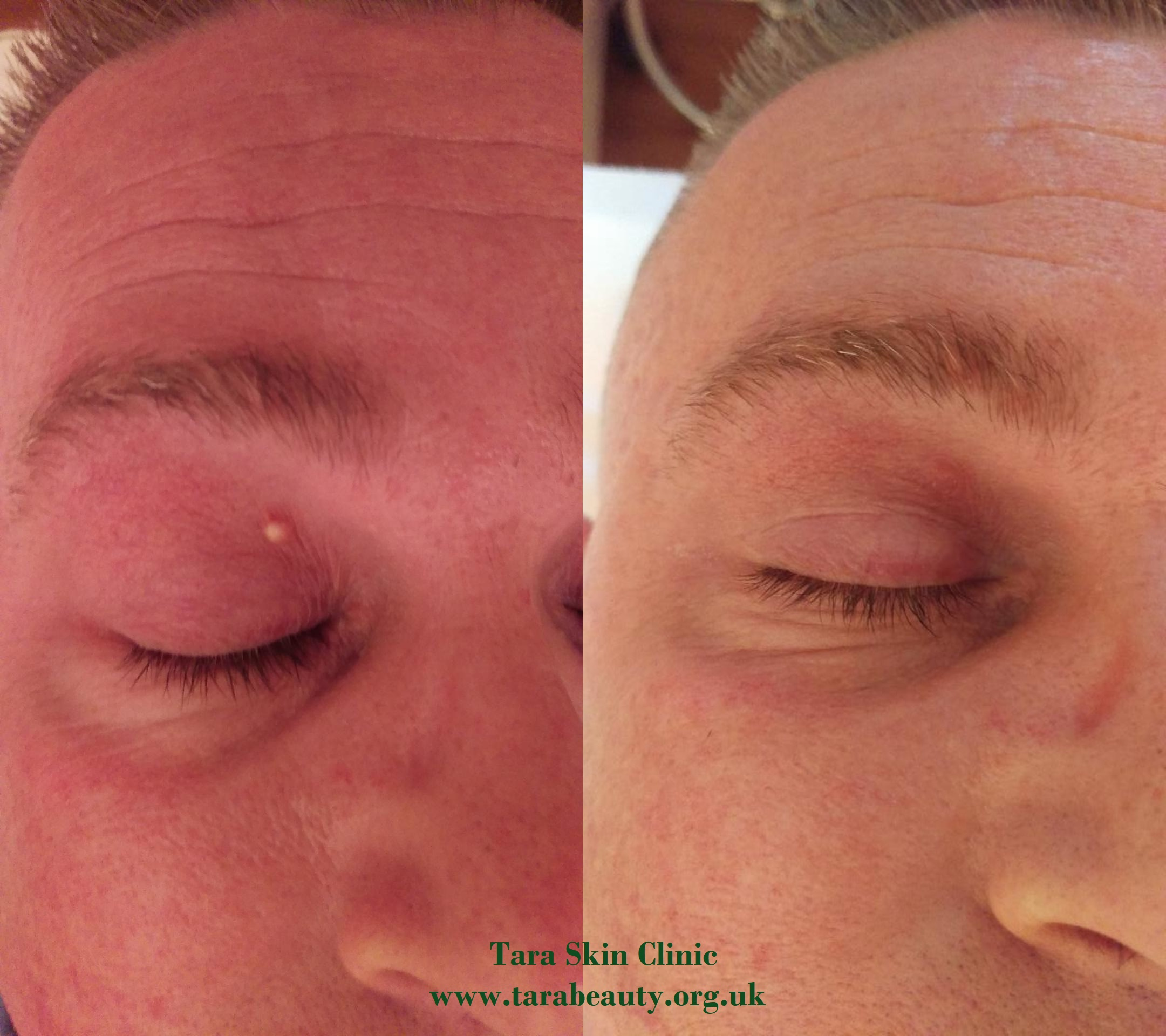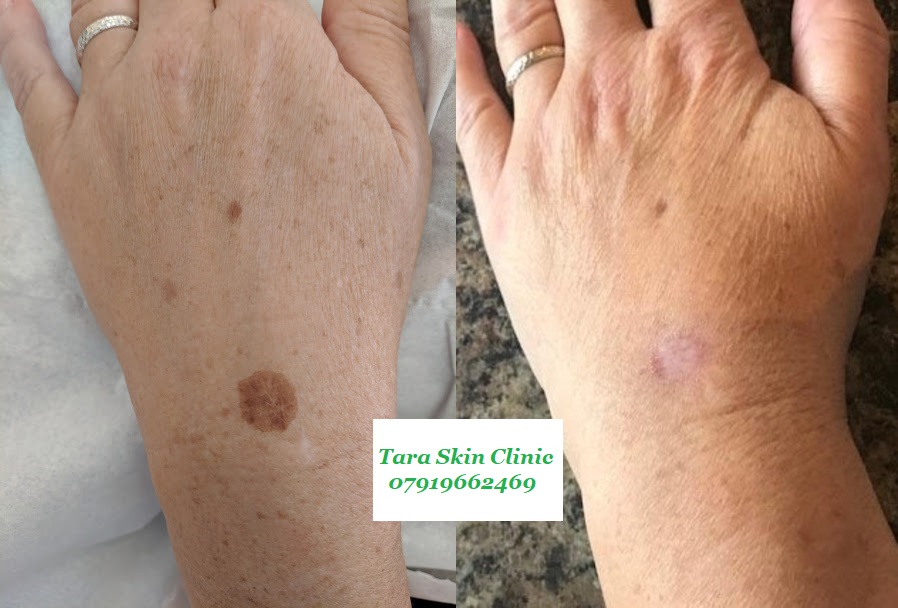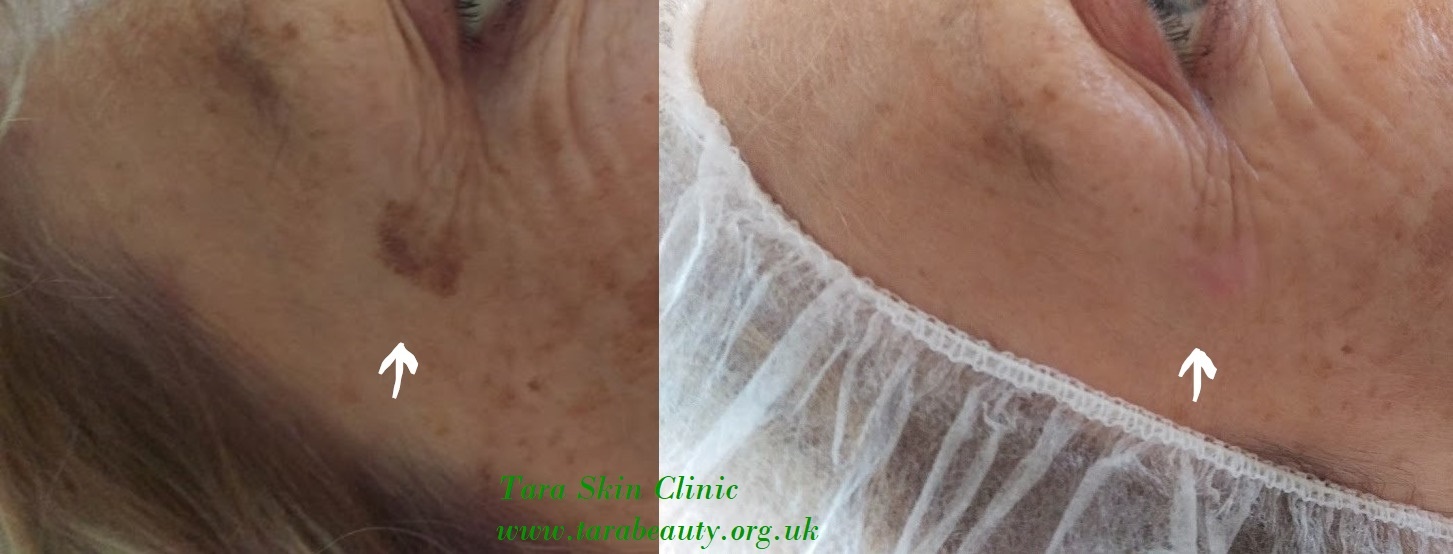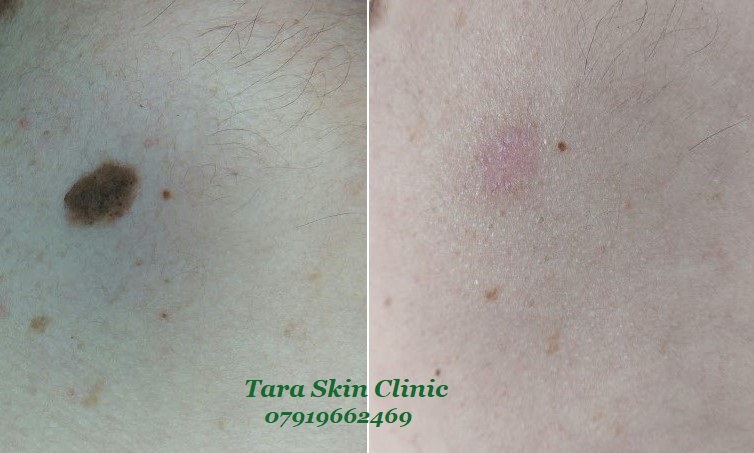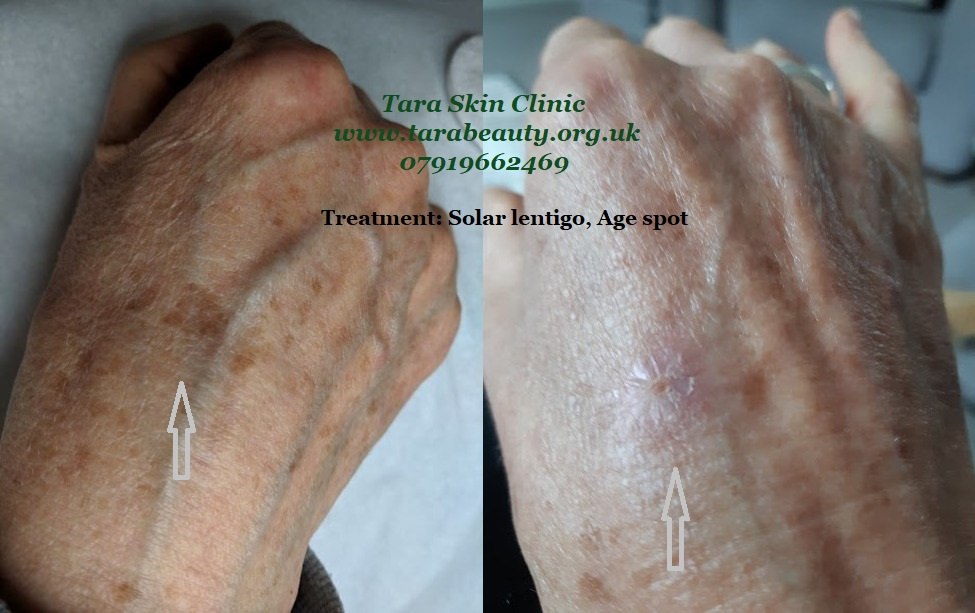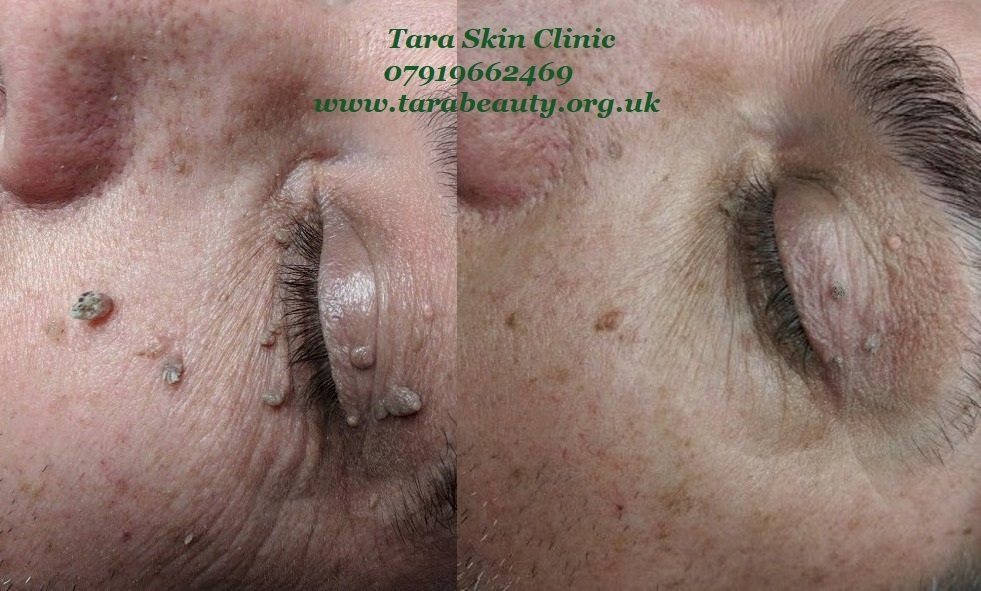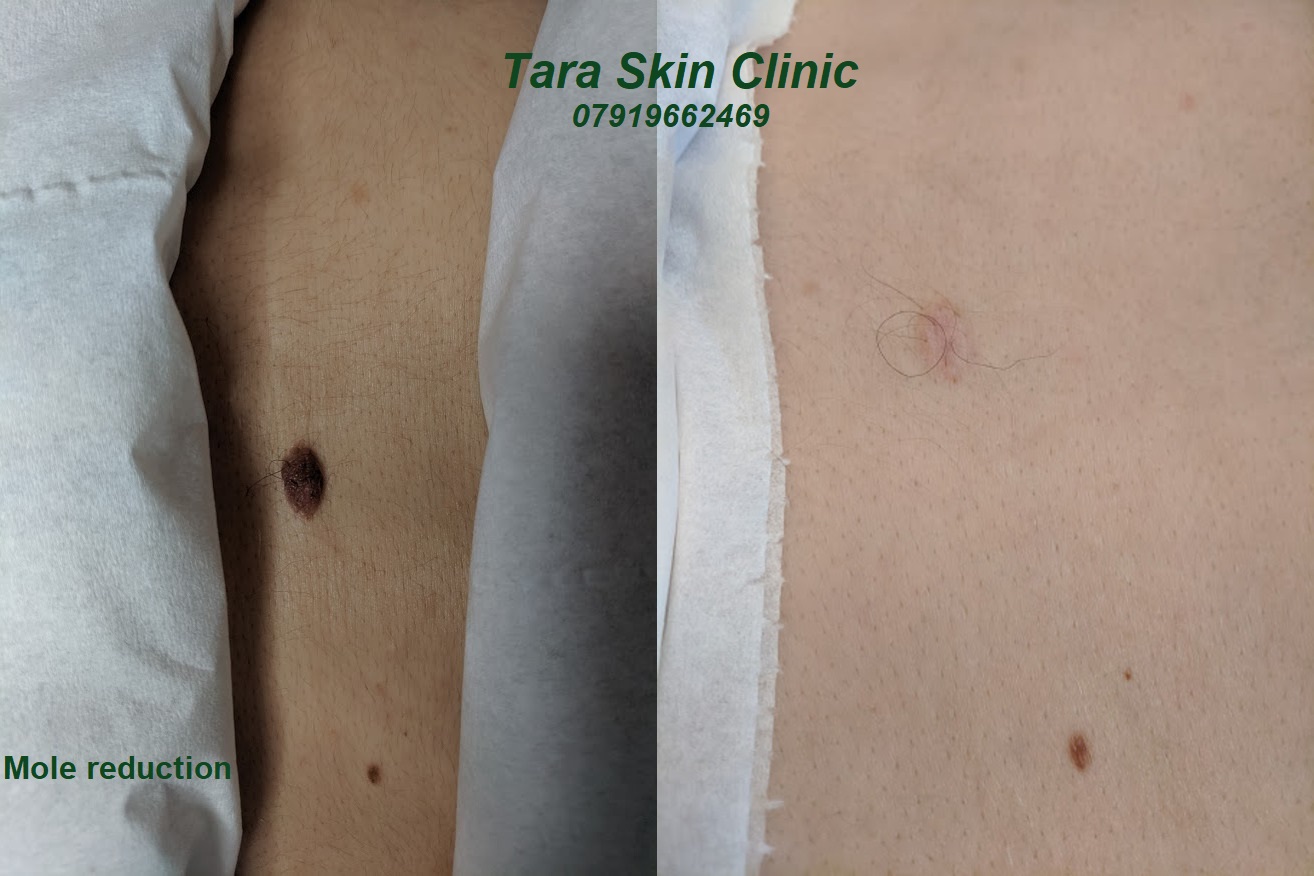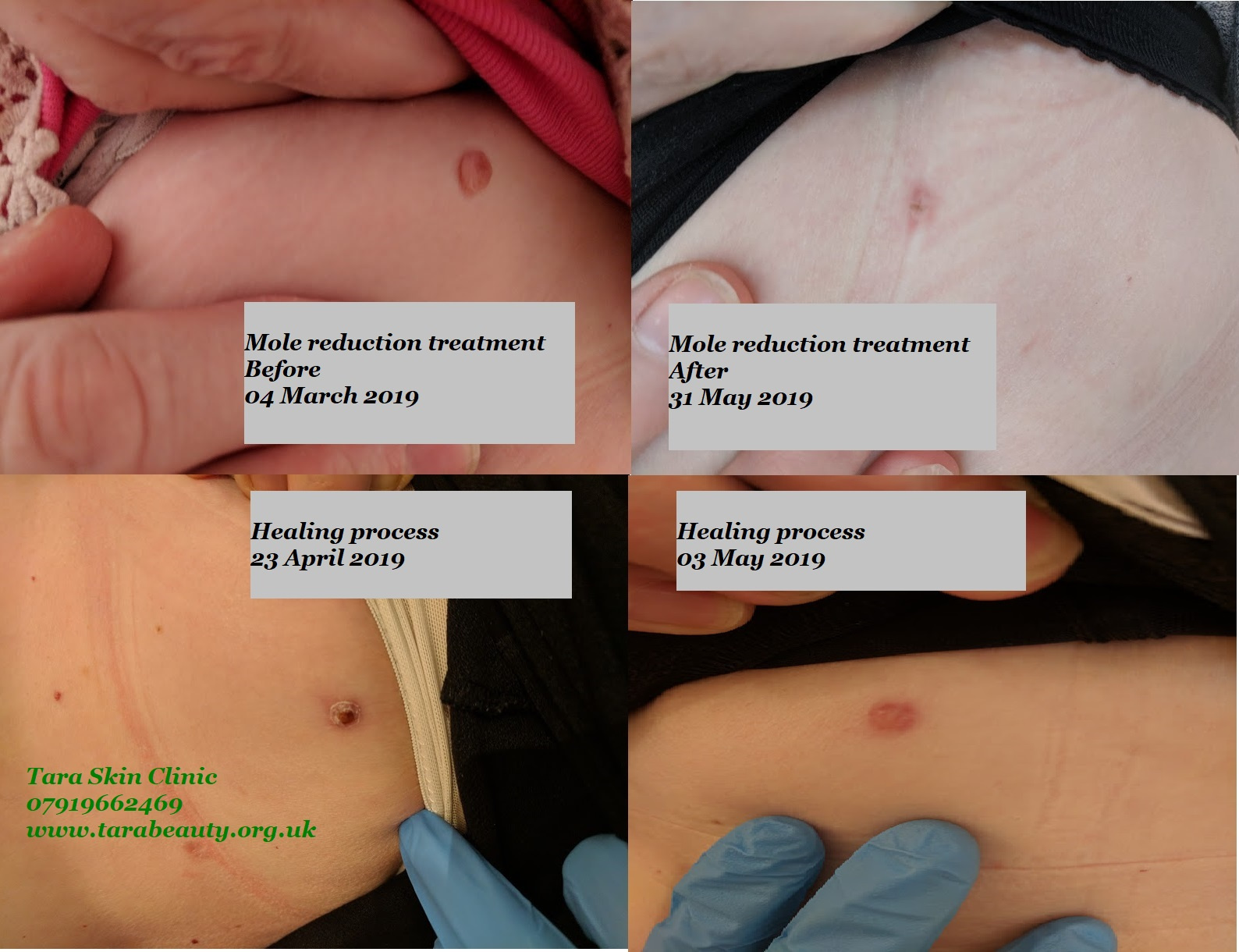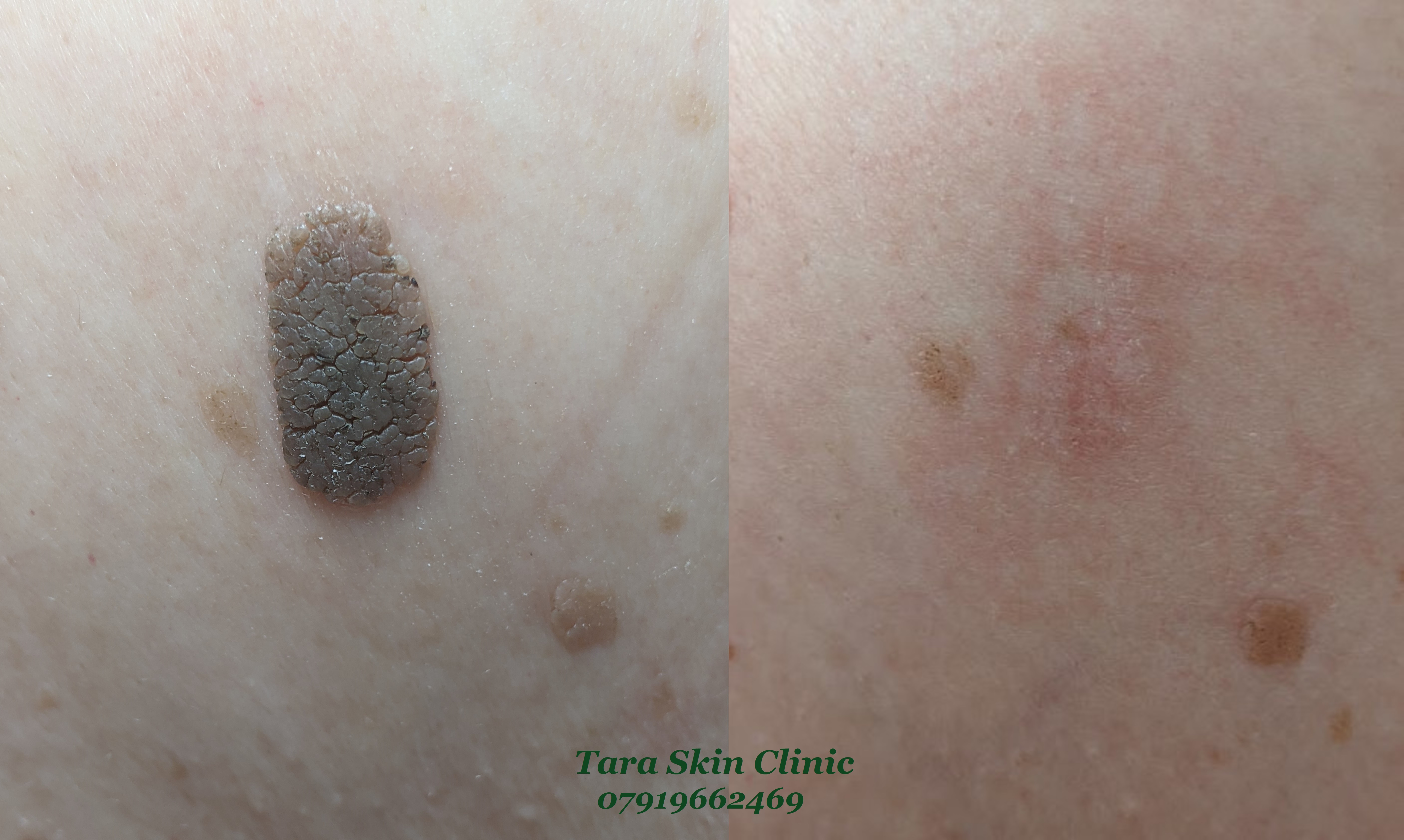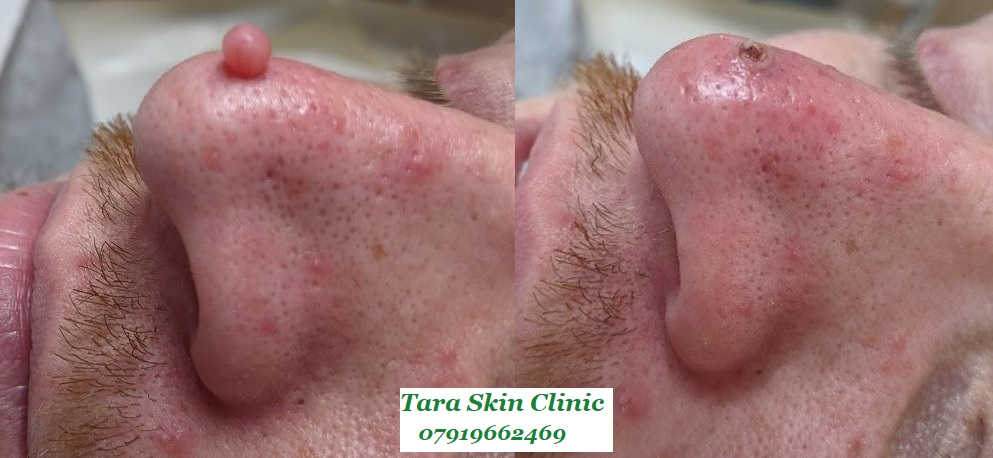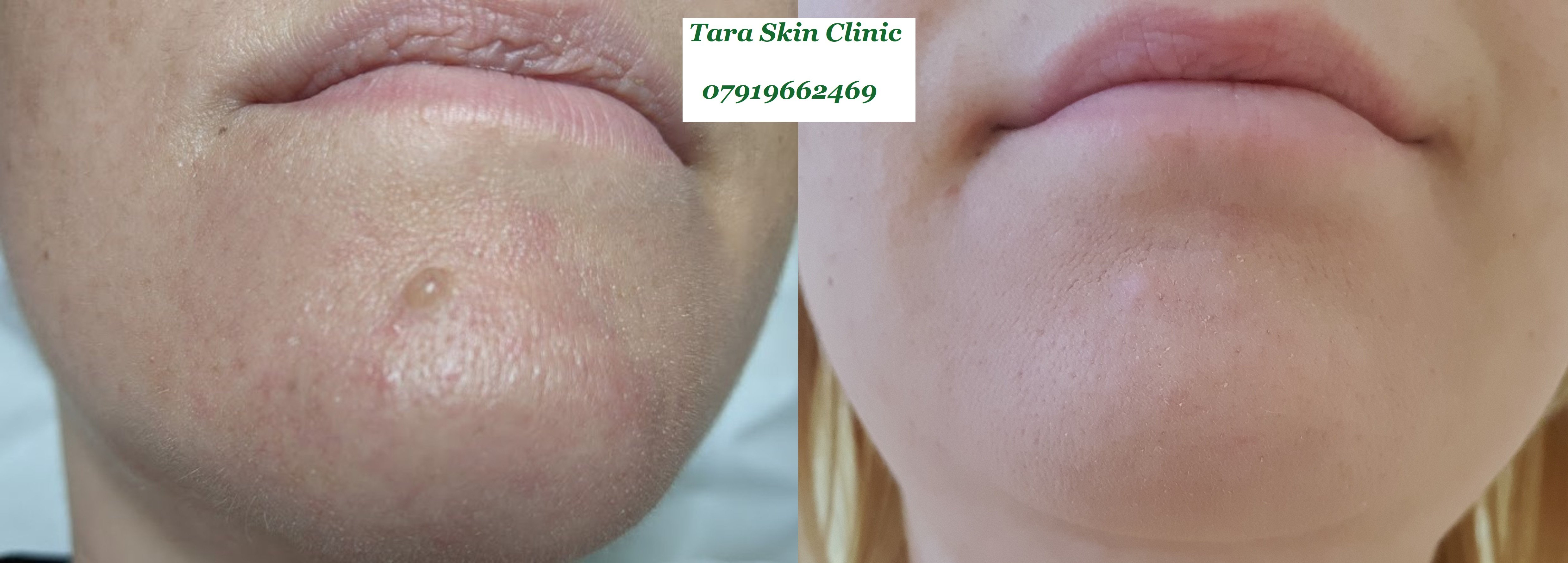Non-Surgical Skin Blemish Removal
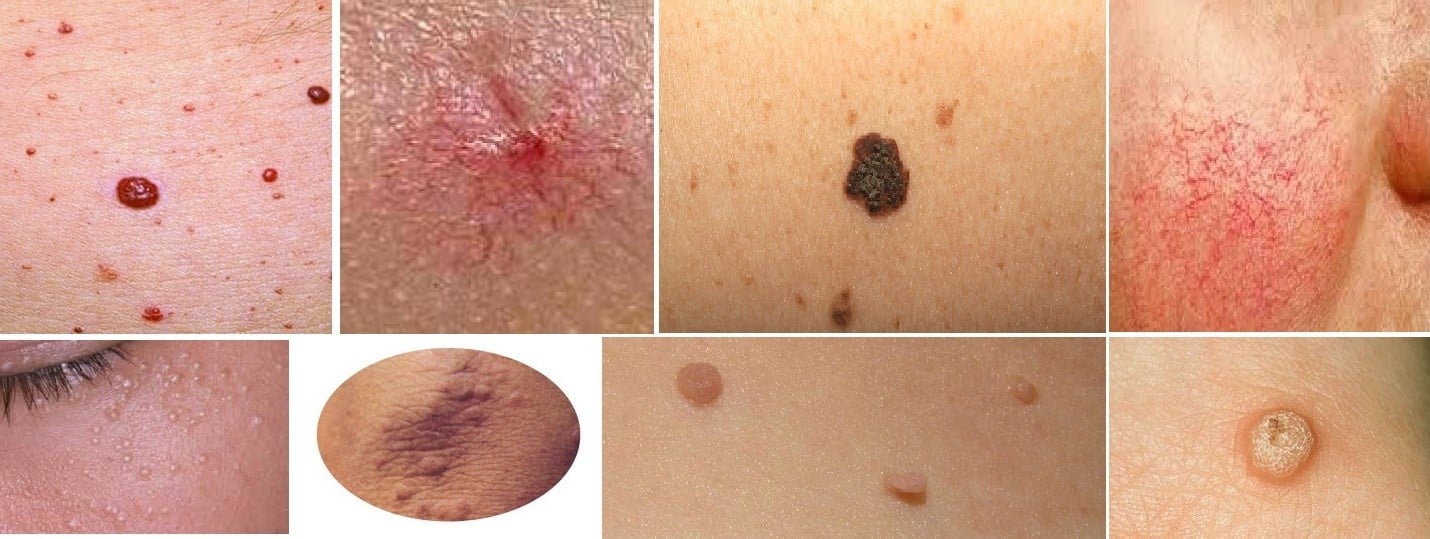
Using thermos-coagulation and Thermolysis (Advanced Cosmetic Procedure), over 20 different skin blemishes can be quickly, safely and effectively treated offering an eventual blemish free smooth skin. Certain skin blemishes can be removed in one treatment but others may need several treatments before complete removal is achieved. As far back as the early 1900’s Electrolysis was being used for the treatment of unsightly skin blemishes and since that time, it has progressed a long way and it is a safe comfortable and effective treatment.
The Non-Surgical Blemish Removal can treat many skin conditions such as; Telangiectasia (thread veins), Spider Naevi, Skin Tags, Blood Spots, Cherry Angioma, Seborrhoeic Keratosis/Warts, Sebaceous Hyperplasia, Dermatosis Papulosa Nigra, Milia, Pigmentation (solar lentigo, brown marks), mole reduction, Verrucas, Viral Warts and mole reduction.
How does it work?
When treatment of the vascular conditions is carried out, diathermy method is usually selected as it allows a finer ‘pin point’ accuracy. The minute blood vessel is sealed by means of cauterization or decomposition. As the skin capillaries are like the fine twigs on the branches of a tree the blood is merely diverted to an alternative ‘branch’ or capillary and the blood supply to the tissue remains fully functional. The same techniques are used for spider naevi and cherry angiomas or blood spots. The removal of thread veins with advanced electrolysis is generally permanent but further damaged vessels can arise subsequently to take their place depending on the skin condition and the extrinsic and intrinsic factors, which influence the skin’s sensitivity.
Removal of these conditions will be permanent but you may require multiple sessions and regular ‘tidy up’ sessions every 12 months or so, to remove any new vessels that may emerge.
For the removal of seborrhoeic warts, viral warts, sebaceous hyperplasia, milia and larger skin tags, the short-wave diathermy current cauterizes and cuts through the tissue with its subsequent removal. The blood supply to nourish any further growth of the lesion is sealed off and the blemish will heal fully within few days to couple of weeks leaving minimal, if any, marking at all to the skin. The permanent removal of these lesions is generally achieved in one or possibly two treatments depending on their size.
Milia are treated by short-wave diathermy. The fatty content of these lesions is vapourised and the milia will clear without marking the skin. If the lipid dryness of the skin is not addressed or regular exfoliation is not undertaken, these lesions can reoccur. Initial healing of the area will only take a few days with full healing taking 4-8 weeks
Cryotherapy is an innovation in the fast, effective and safe removal of various skin imperfections. It works by emitting a fine jet of N2O under high pressure, with millimeter precision. This destroys the targeted tissue by freezing the inter-cellular fluid, forming ice shards and crystals, which in turn rupture the membrane and destroy the cell
Skin concerns such as Skin Tags, Milia, and Cherry Angiomas are no longer being treated on the NHS. With Cryotherapy you can now have these treatments carried out in a safe efficient manner.
What does the treatment involve and does it hurt?
A very fine needle probe is used to pass the heat of the electrical current or Nitrous Oxide by Cryotherapy (cold) into the tissue. This is so precise and localised that only the smallest amount of discomfort is experienced and for most people there is very little discomfort.
What will my skin be like after treatment?
It is normal for the treated area to feel sensitive, show some redness and possibly a little swelling for a few days post-treatment. In some cases, a small blister may form. Where deeper lesions have been treated you will leave the clinic with a dressing covering the open wound.
After a few days, these initial reactions will disappear but you will then usually experience localised drying and scabbing of the tissue as healing progresses. This is part of the healing process and is a normal reaction after the treatment of most conditions. It will disappear as new healthy skin replaces the old. It is imperative you do not pick this tissue.
Are there any potential side effects?
Providing that the correct aftercare instructions are followed and no infection is allowed to develop, these reactions will go quickly, and the risks of any permanent scarring are minimal.
In some cases, treatment may leave slight pigmentation variation in the treatment area. This variation may be lighter or darker than the surrounding skin and can affect all skin types.
You must notify your practitioner if you are prone to post-inflammatory hyperpigmentation, raised scarring or keloid scarring as these issues will either contraindicate or restrict your treatment.
Price: £55
| Appointment up to 15 minutes* | £95 |
| Appointment up to 30 minutes | £155 |
| Appointment up to 45 minutes | £185 |
| Appointment from 45 minutes | From £220 |
* Treatment rate for the eye areas is different. The exact cost is confirmed during the consultation.
* Mole treatment (per mole) £250
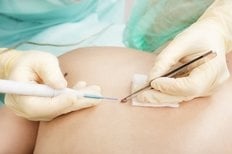
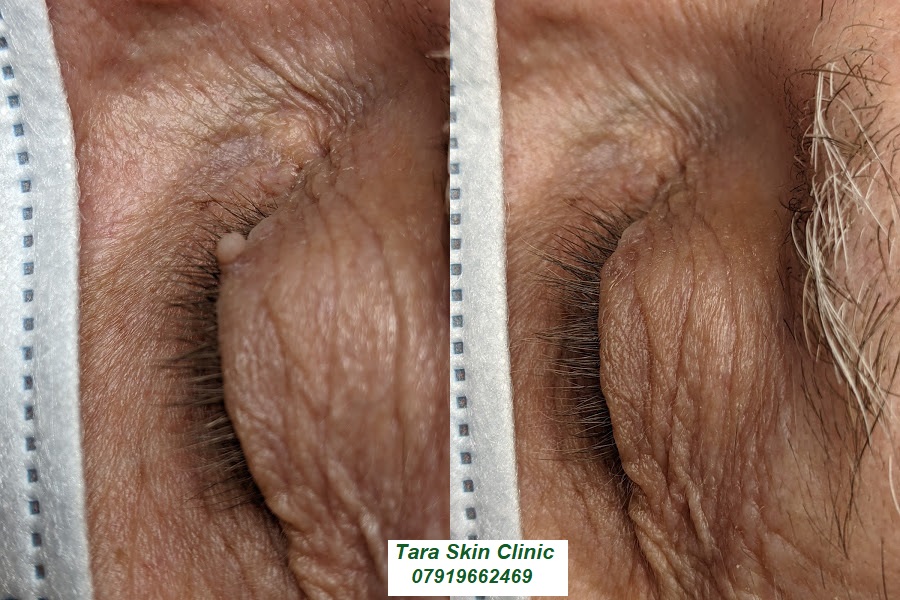

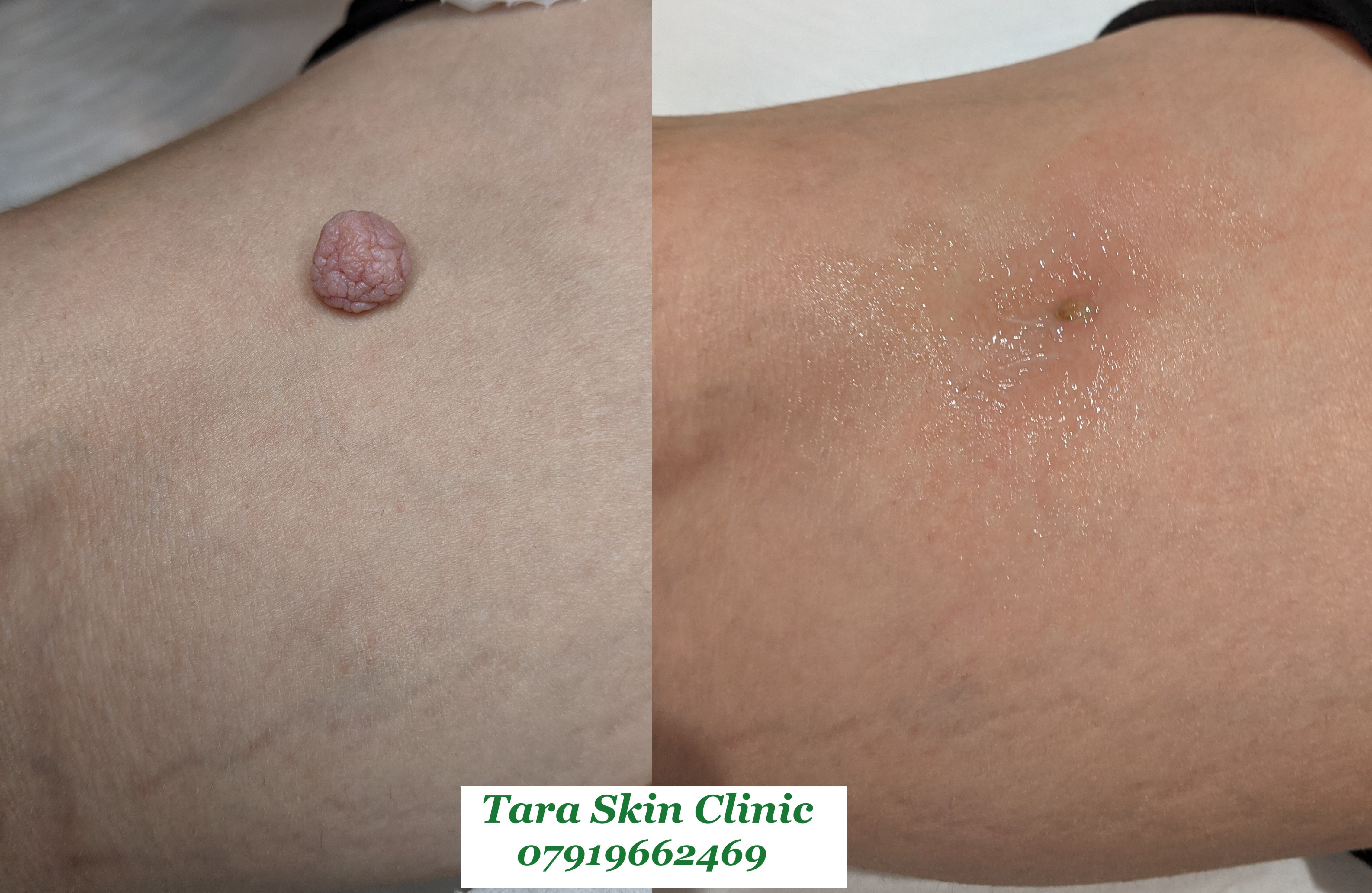
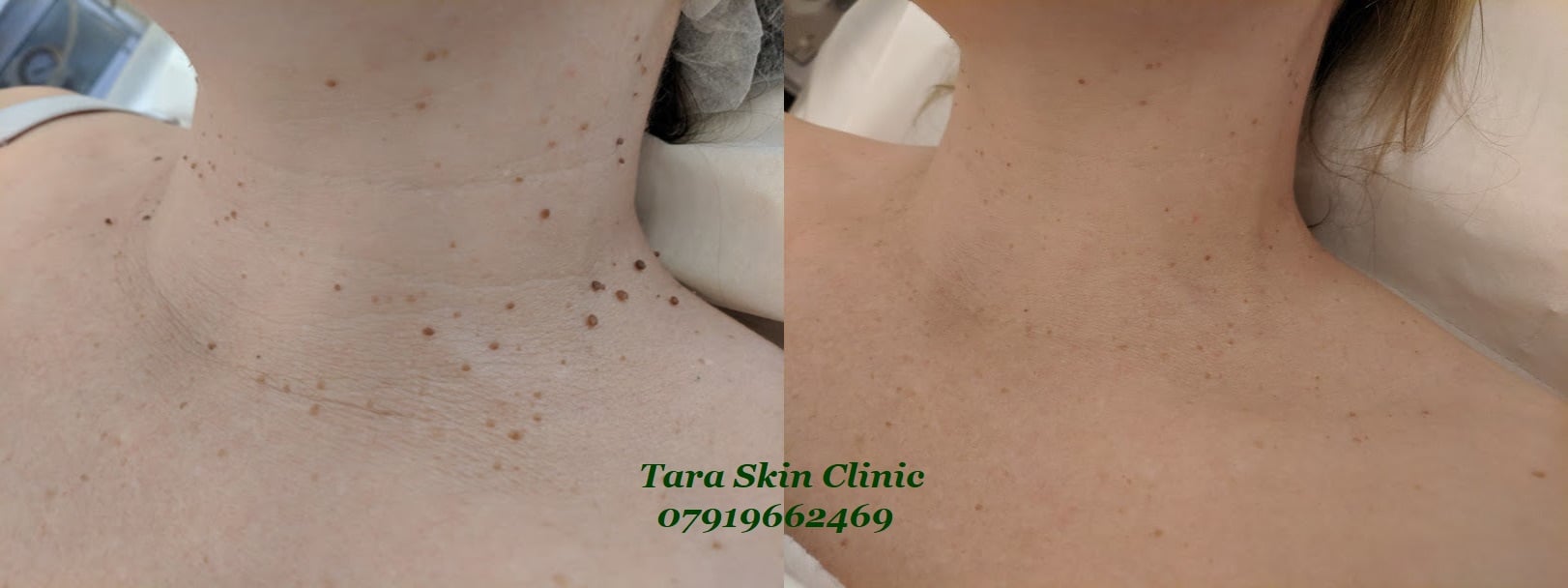
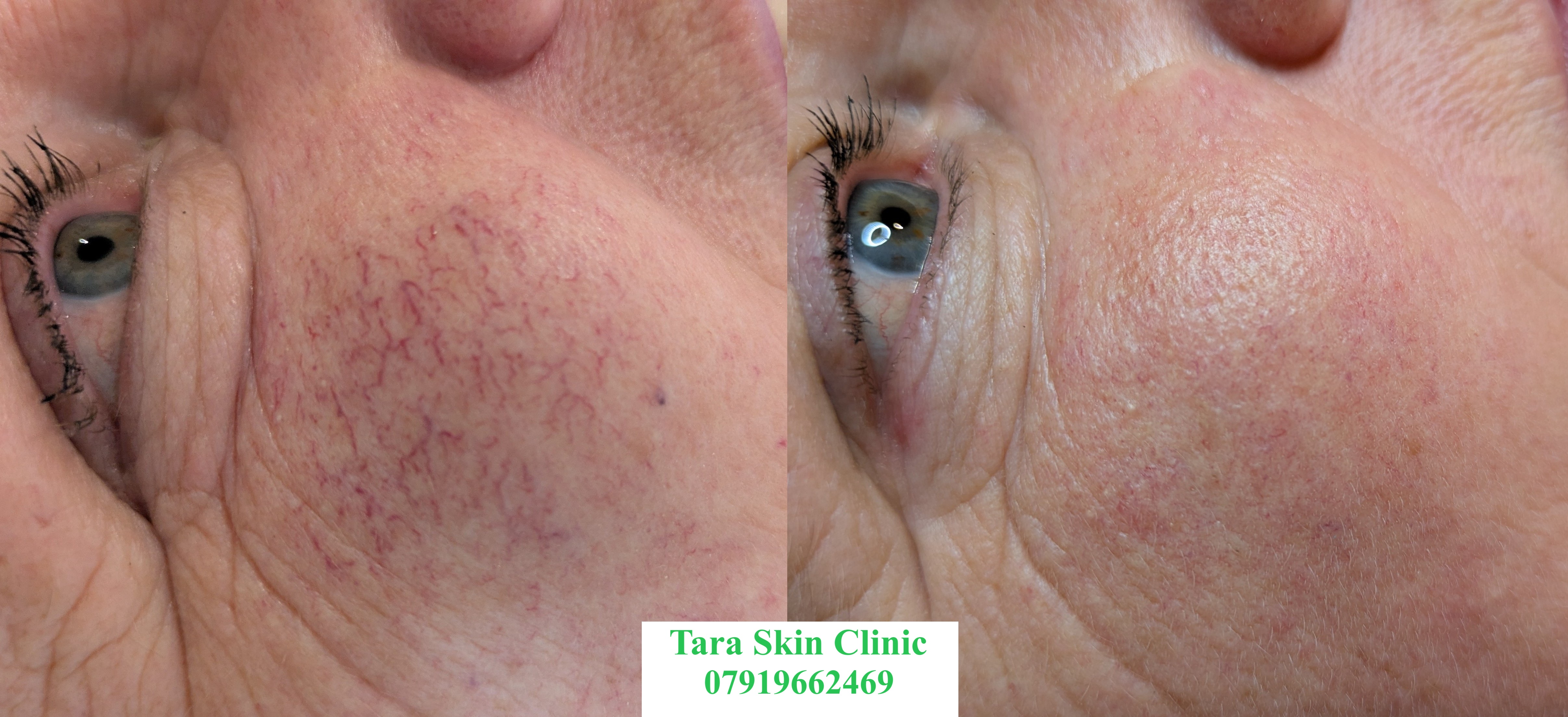
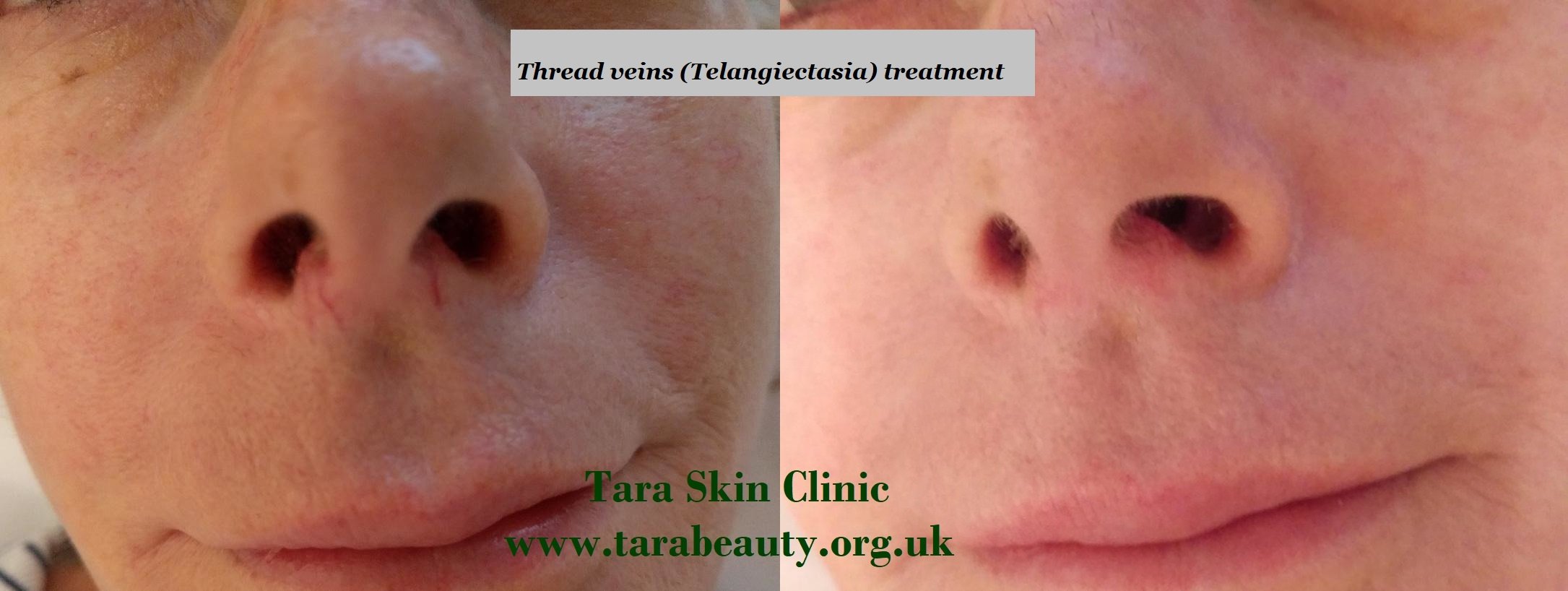

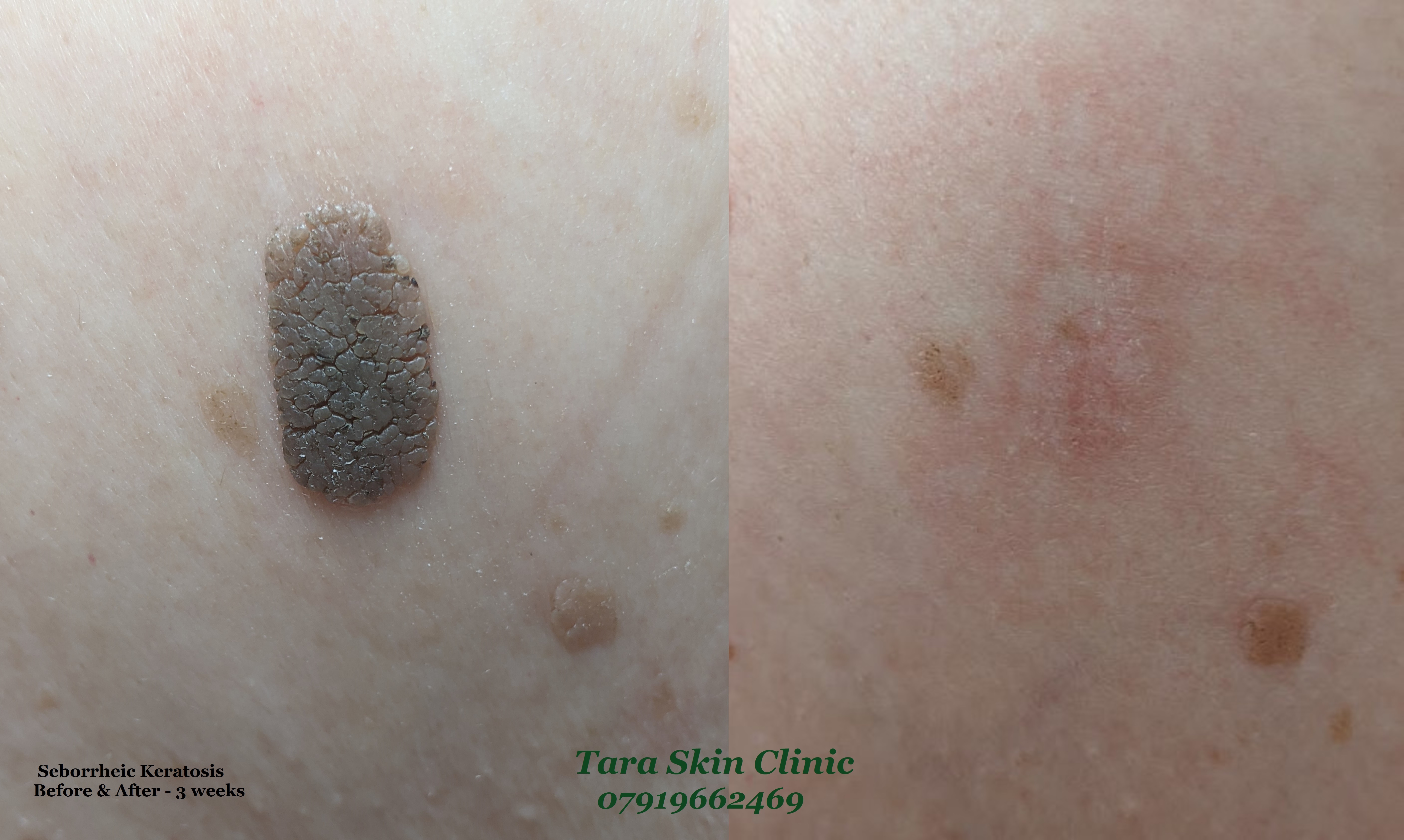
Seborrheic keratosis

Xanthelasma treatment
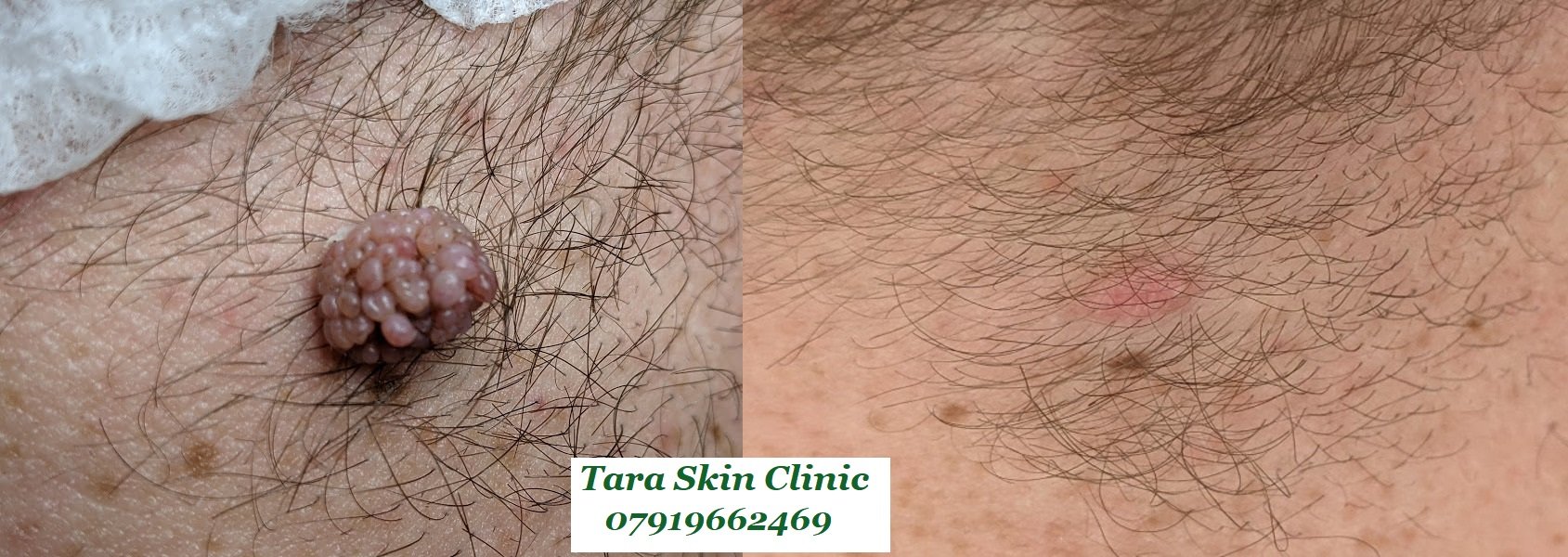
Before and after - 4 weeks
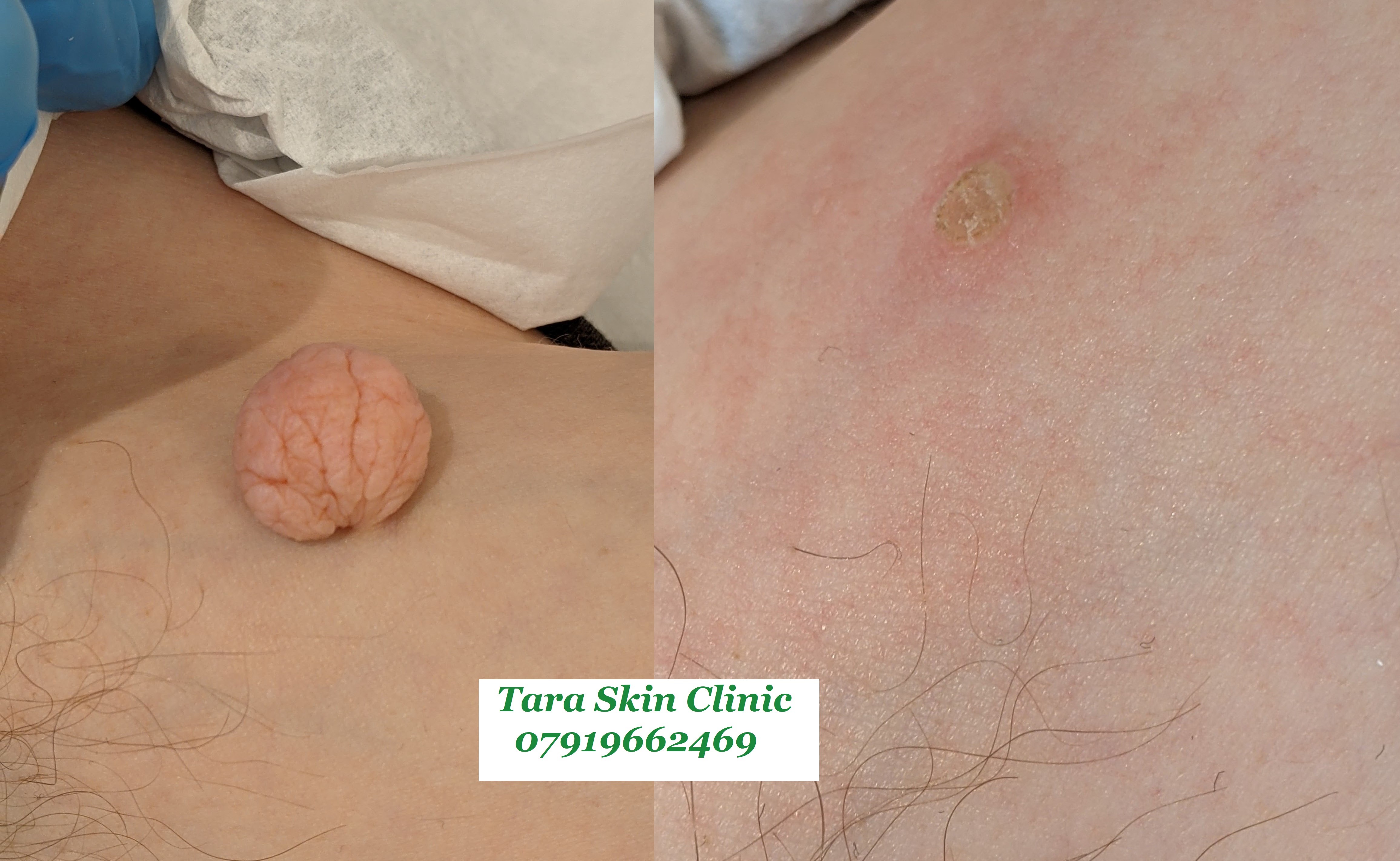
Before and After in the same session

Mole reduction


Before and immediately after- Skin tag
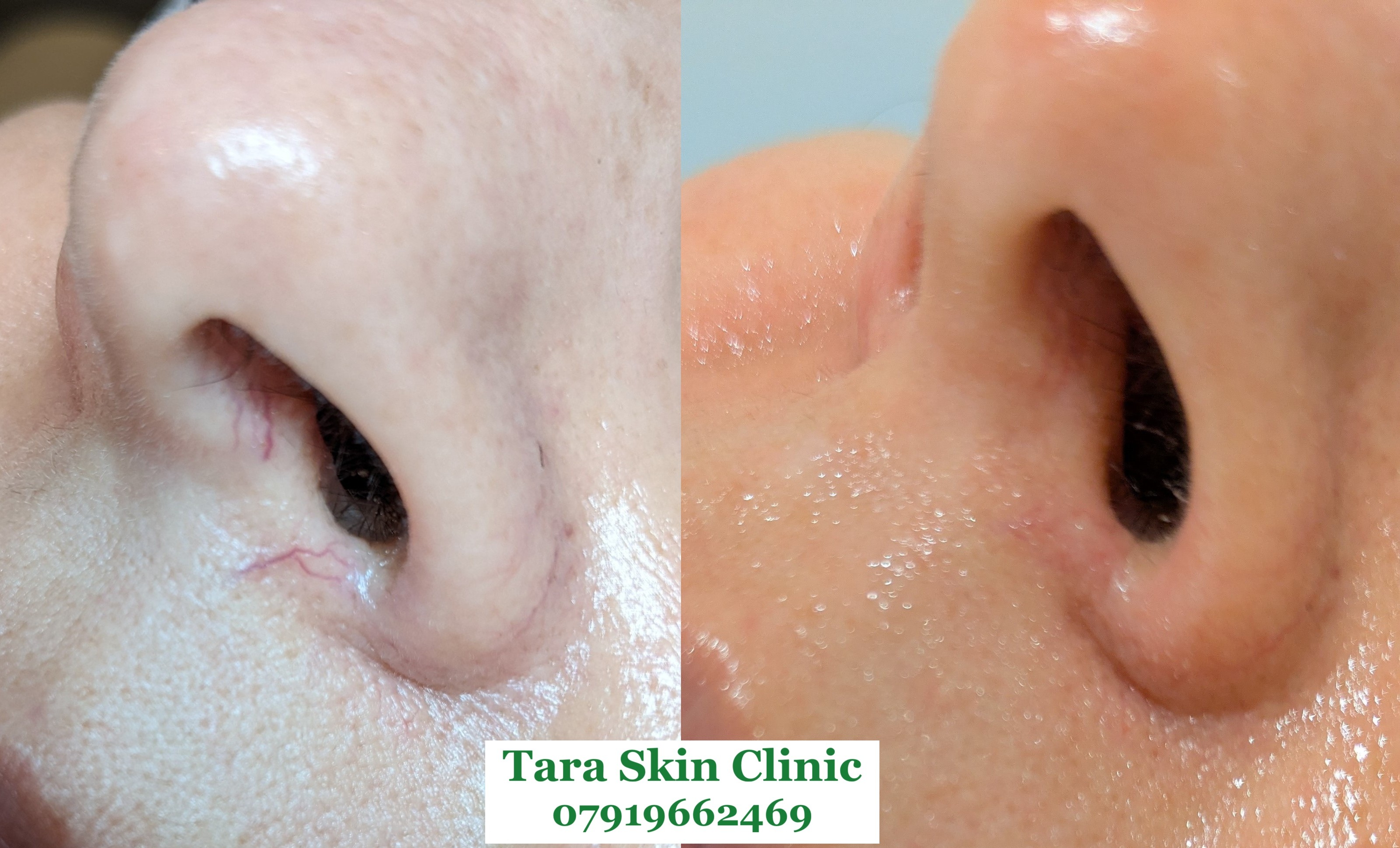
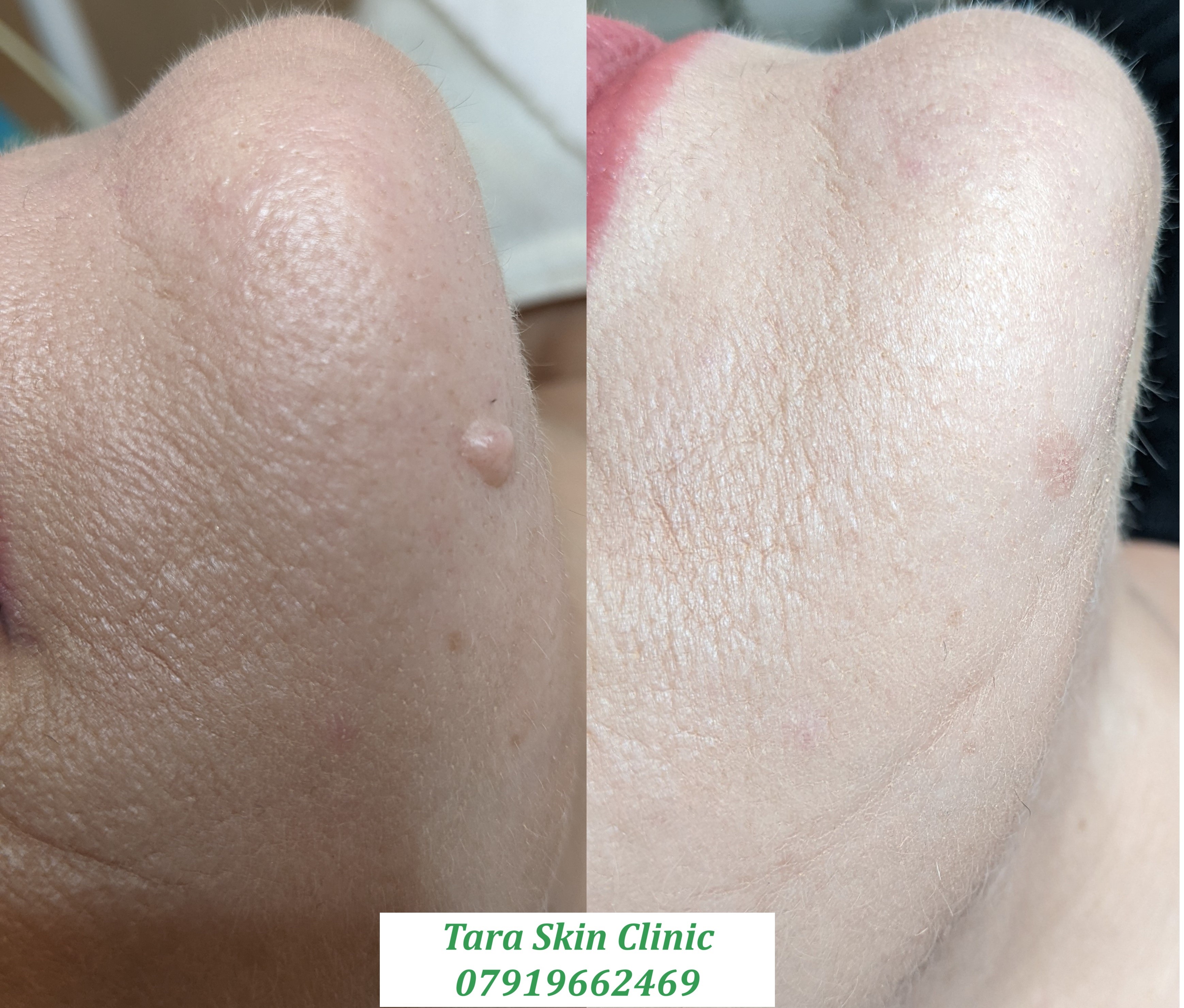
Mole reduction
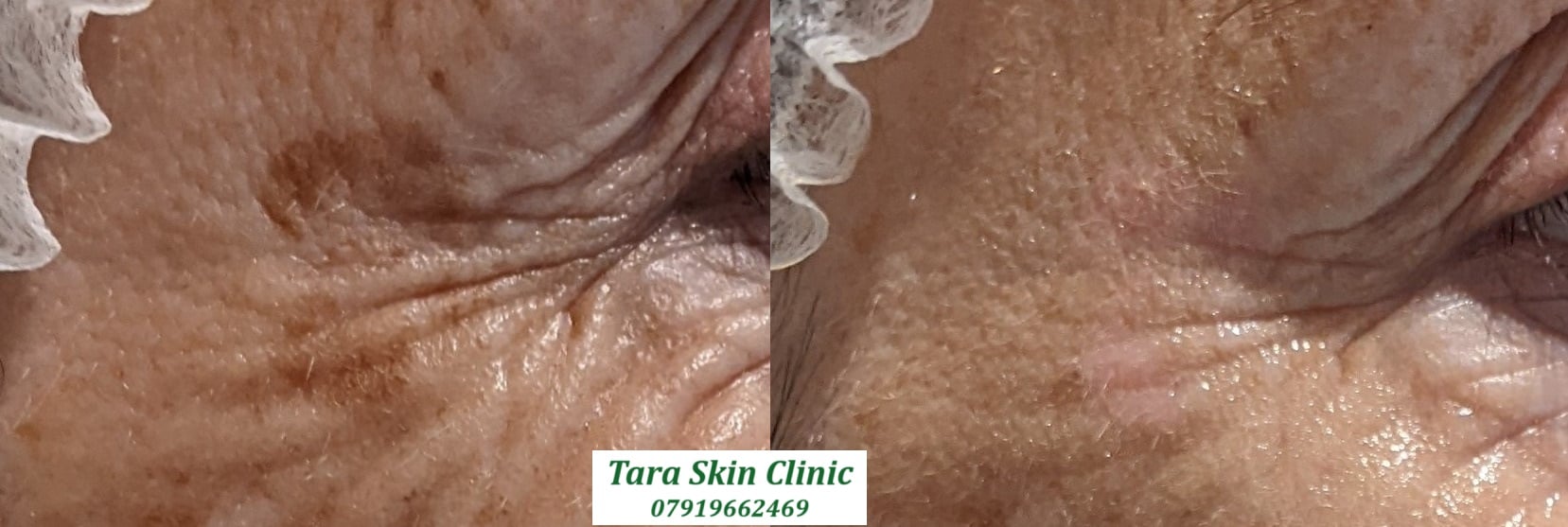
Age spot
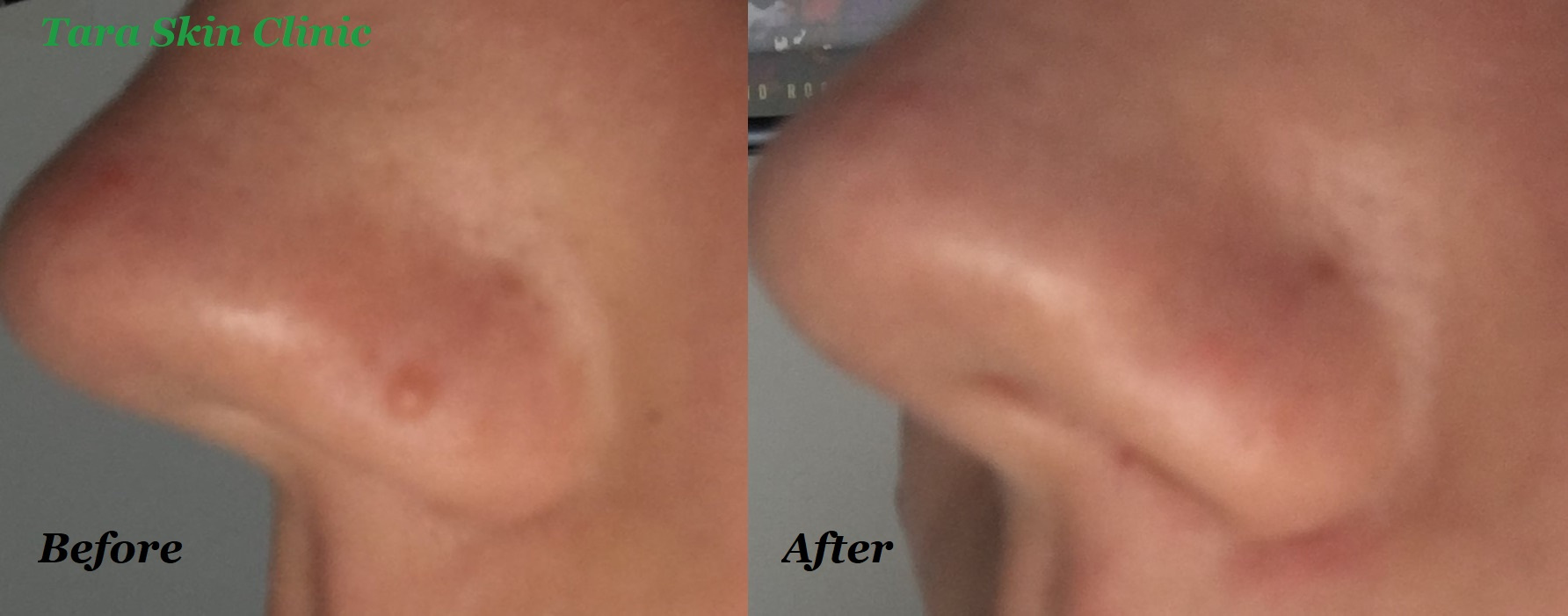
Fibrous papule of the nose
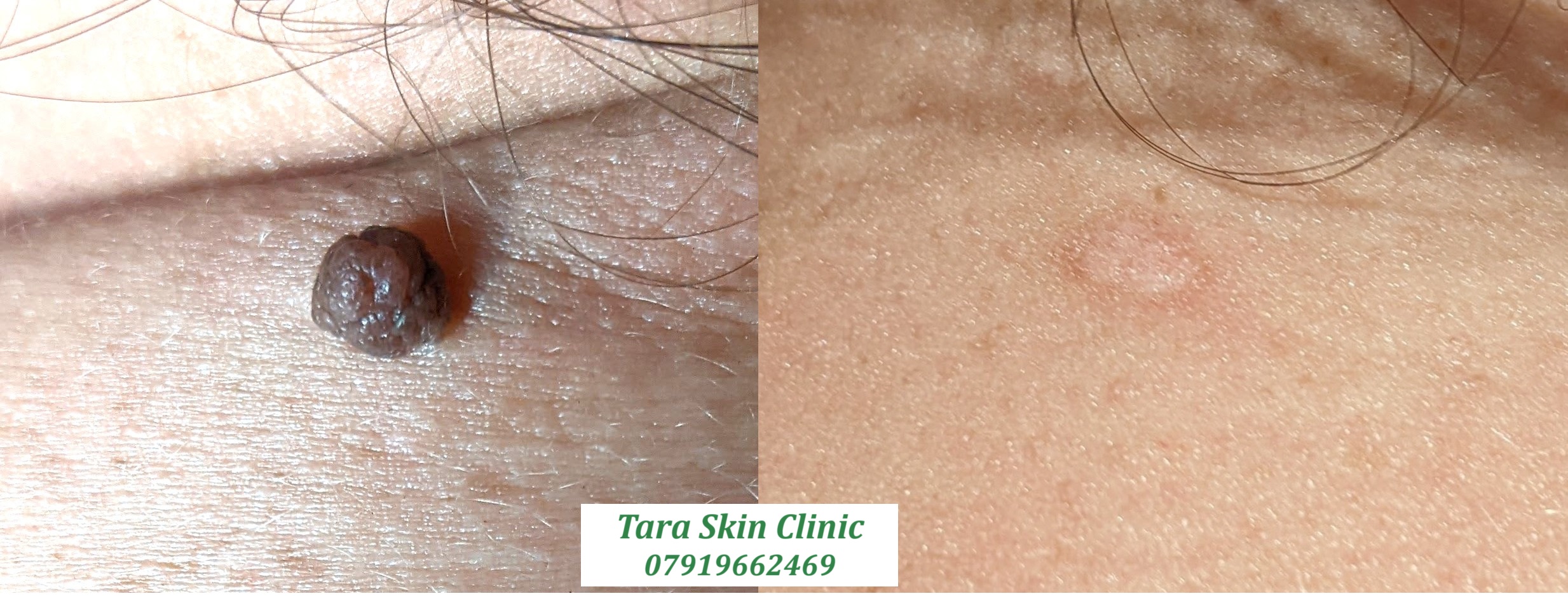
Mole reduction
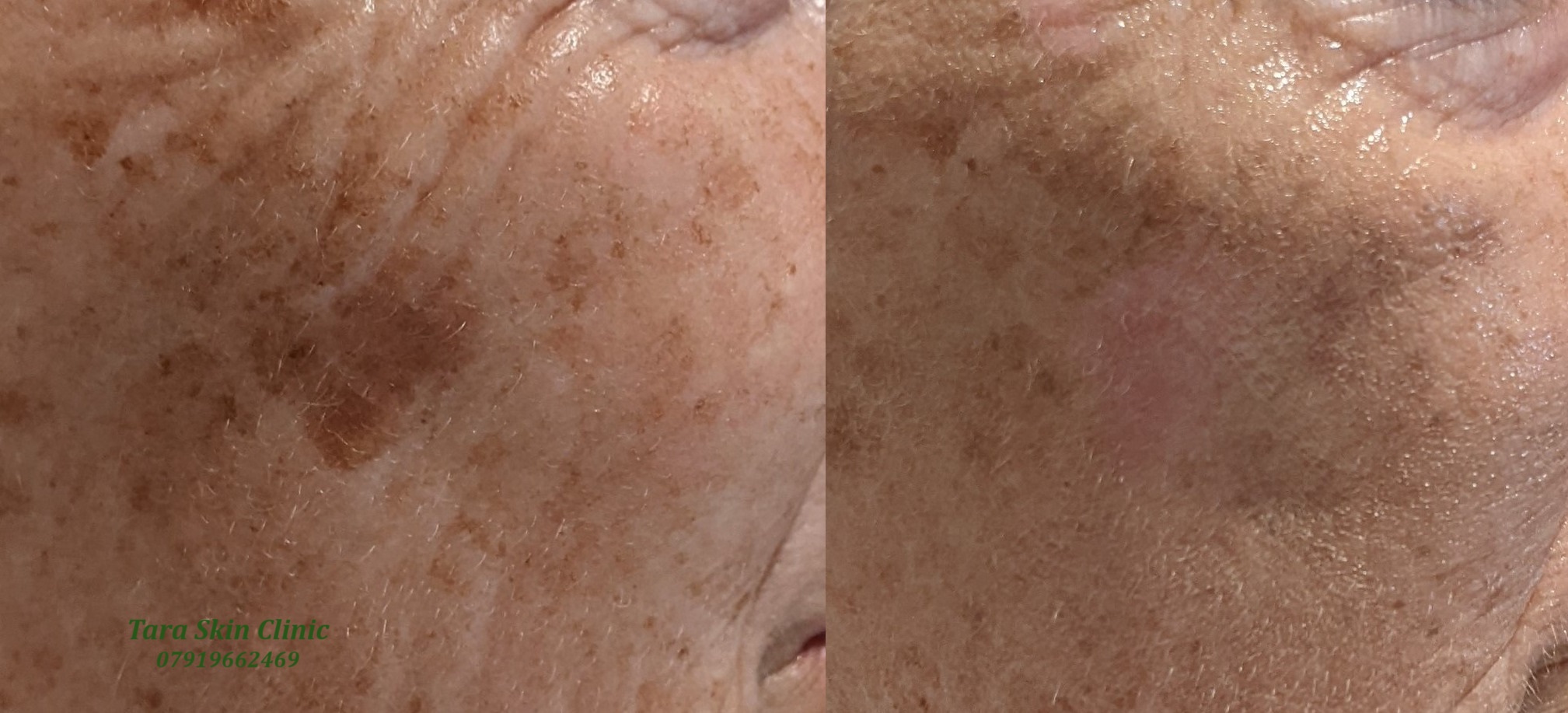
Age spot- Solar lentigo
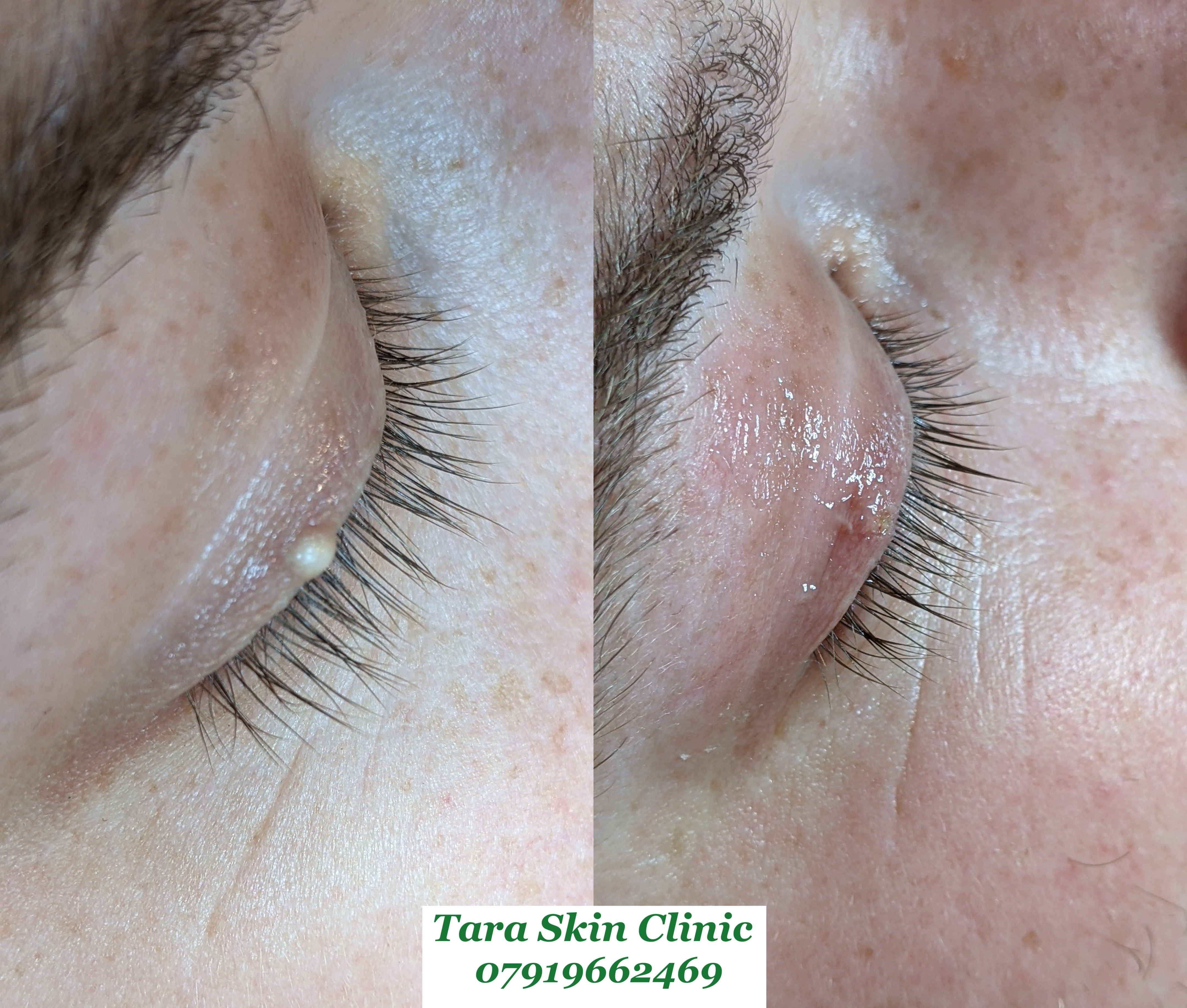
Milia - Immediately after the treatment
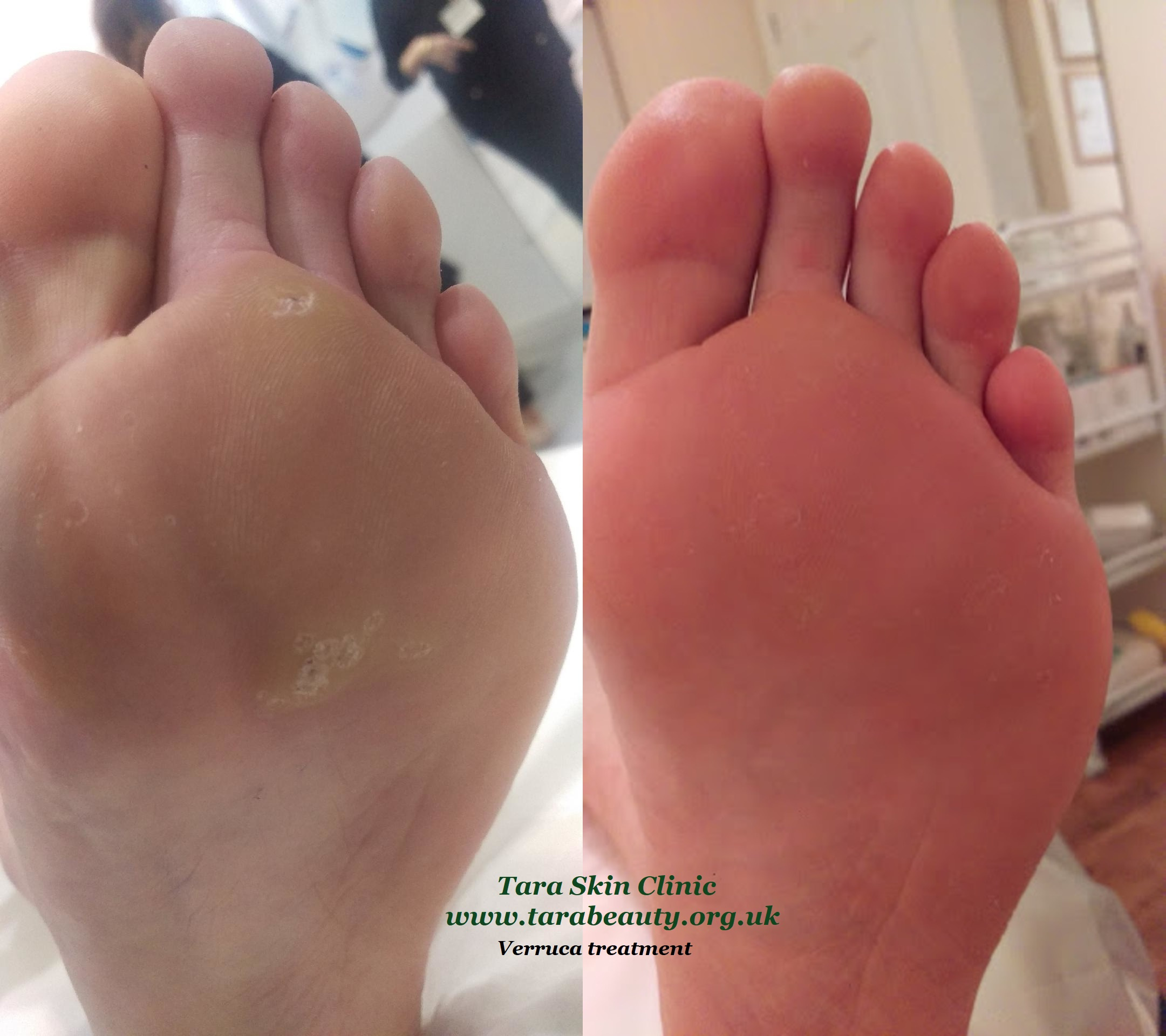
Verruca
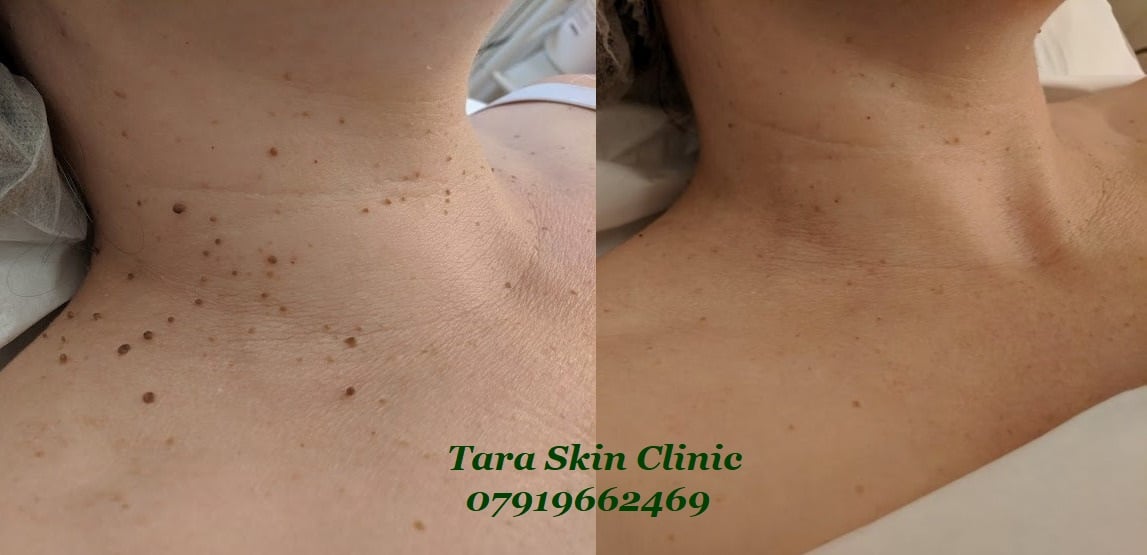
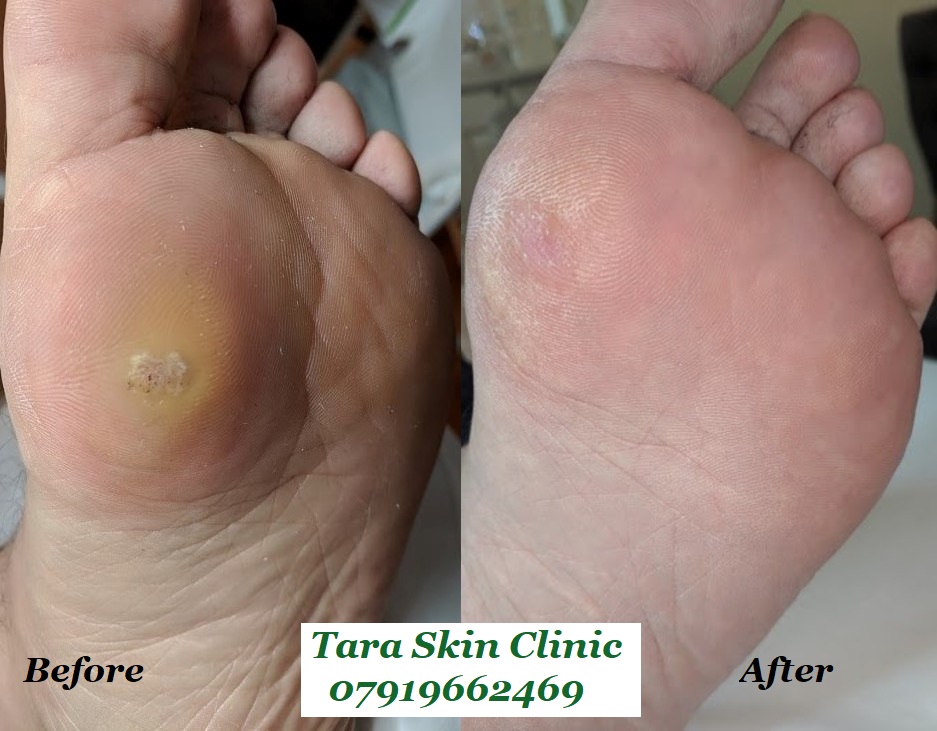
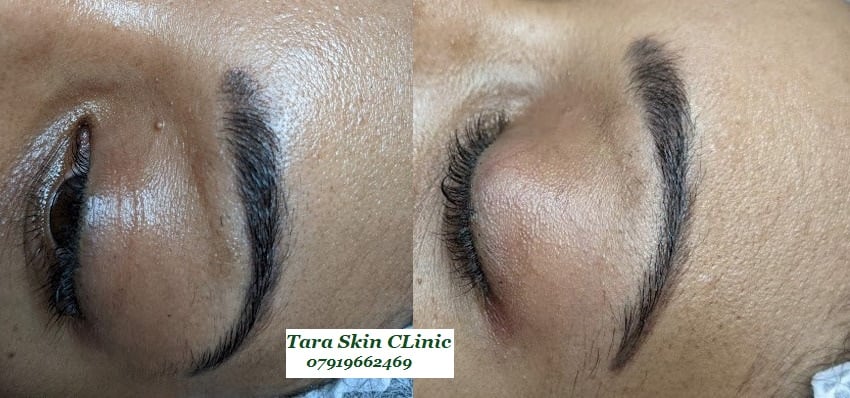
Milia removal
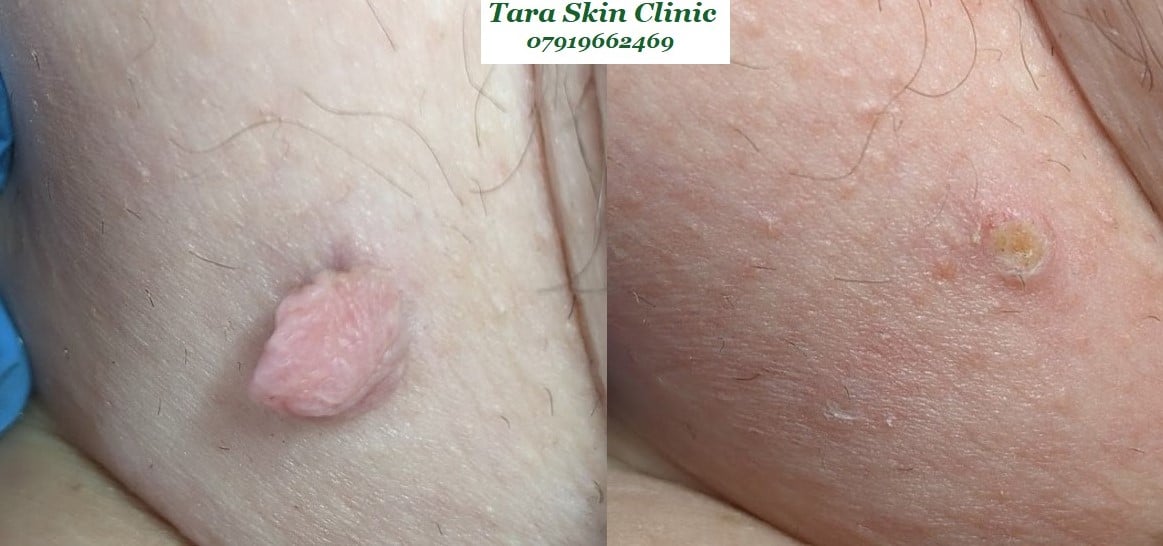
Skin tag removal
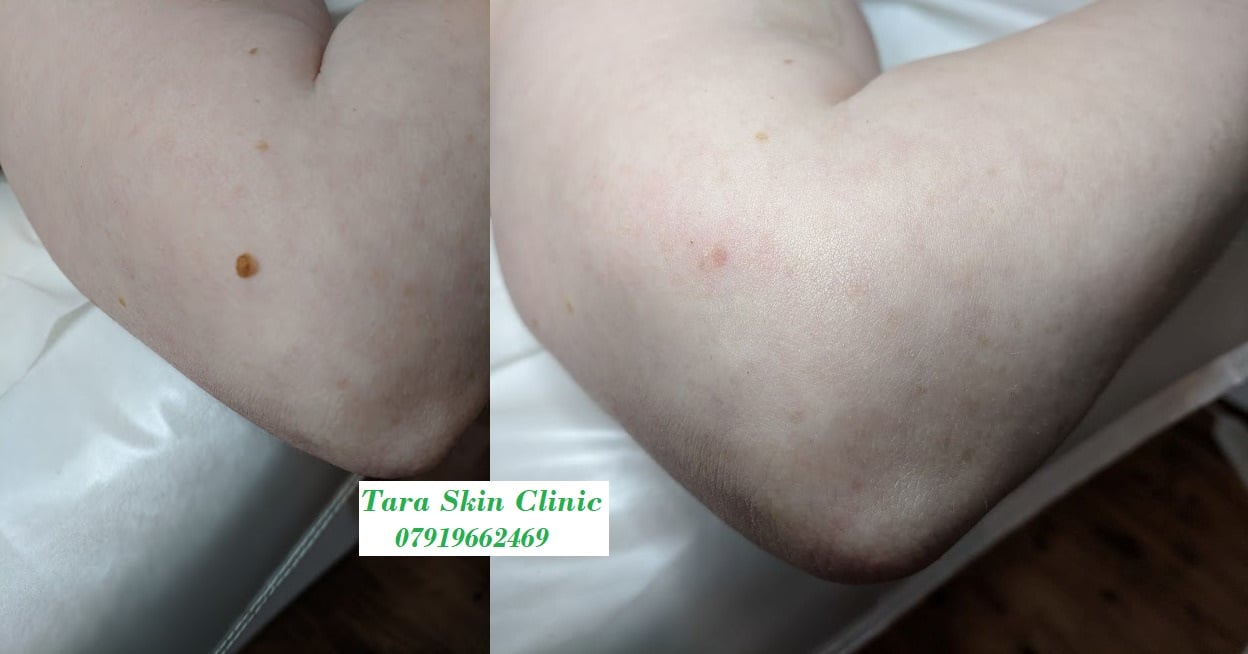
Before and after in the same session

Tag removal - same session

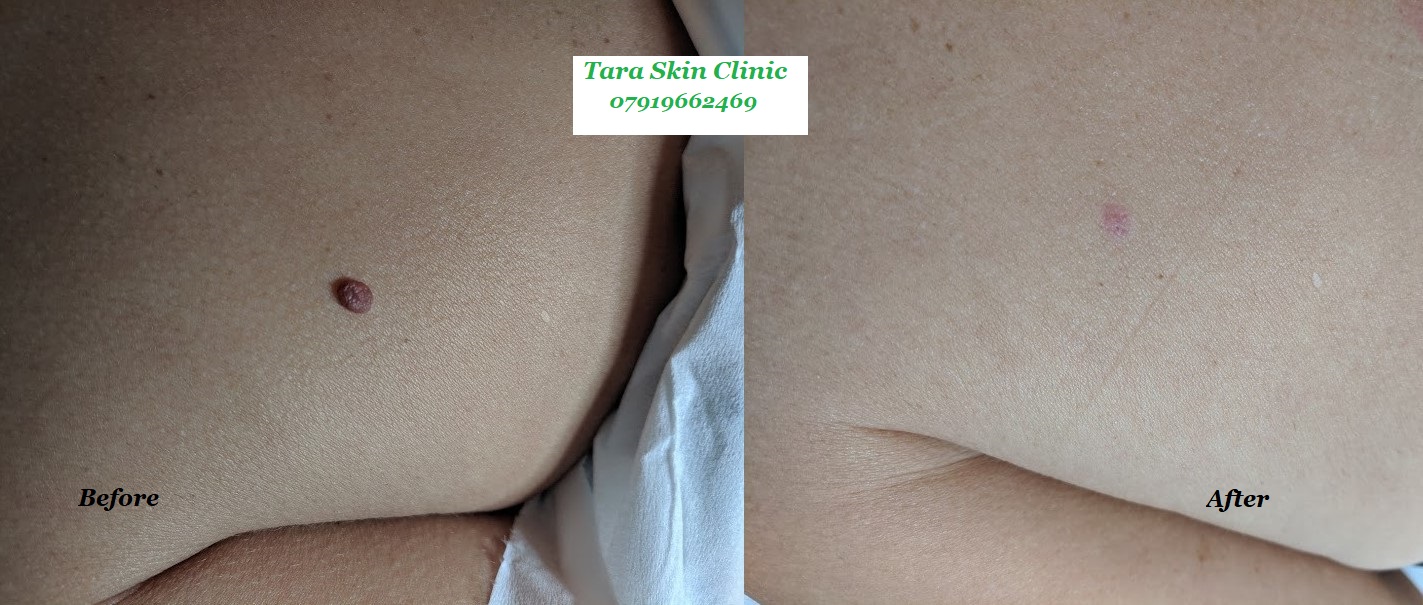
Mole reduction
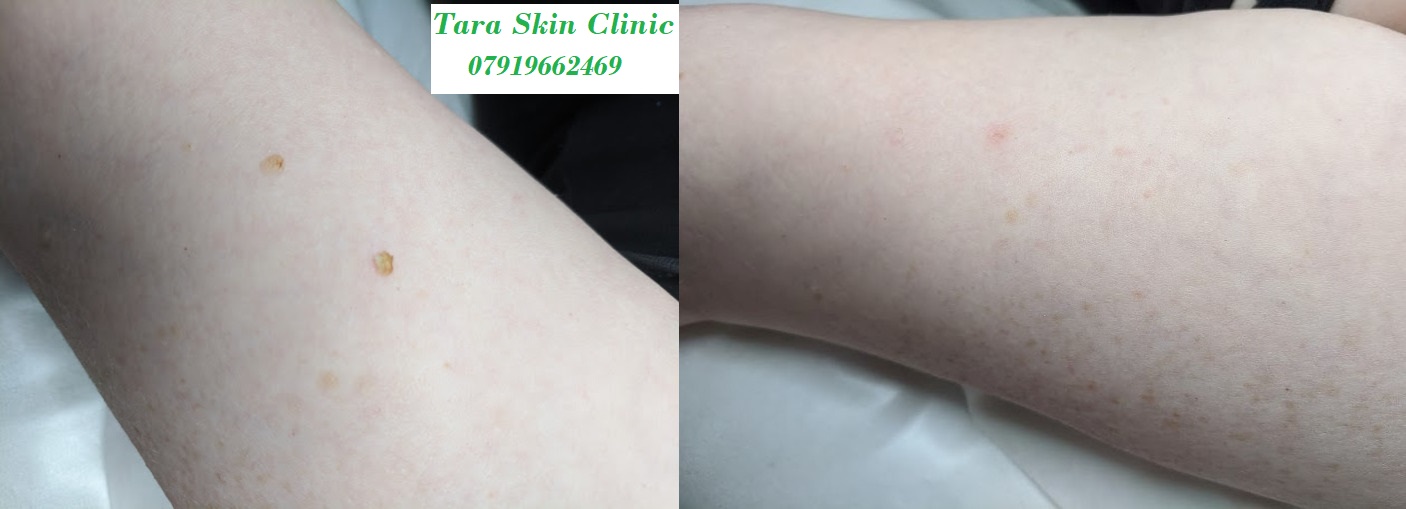
Before and after in the same session
